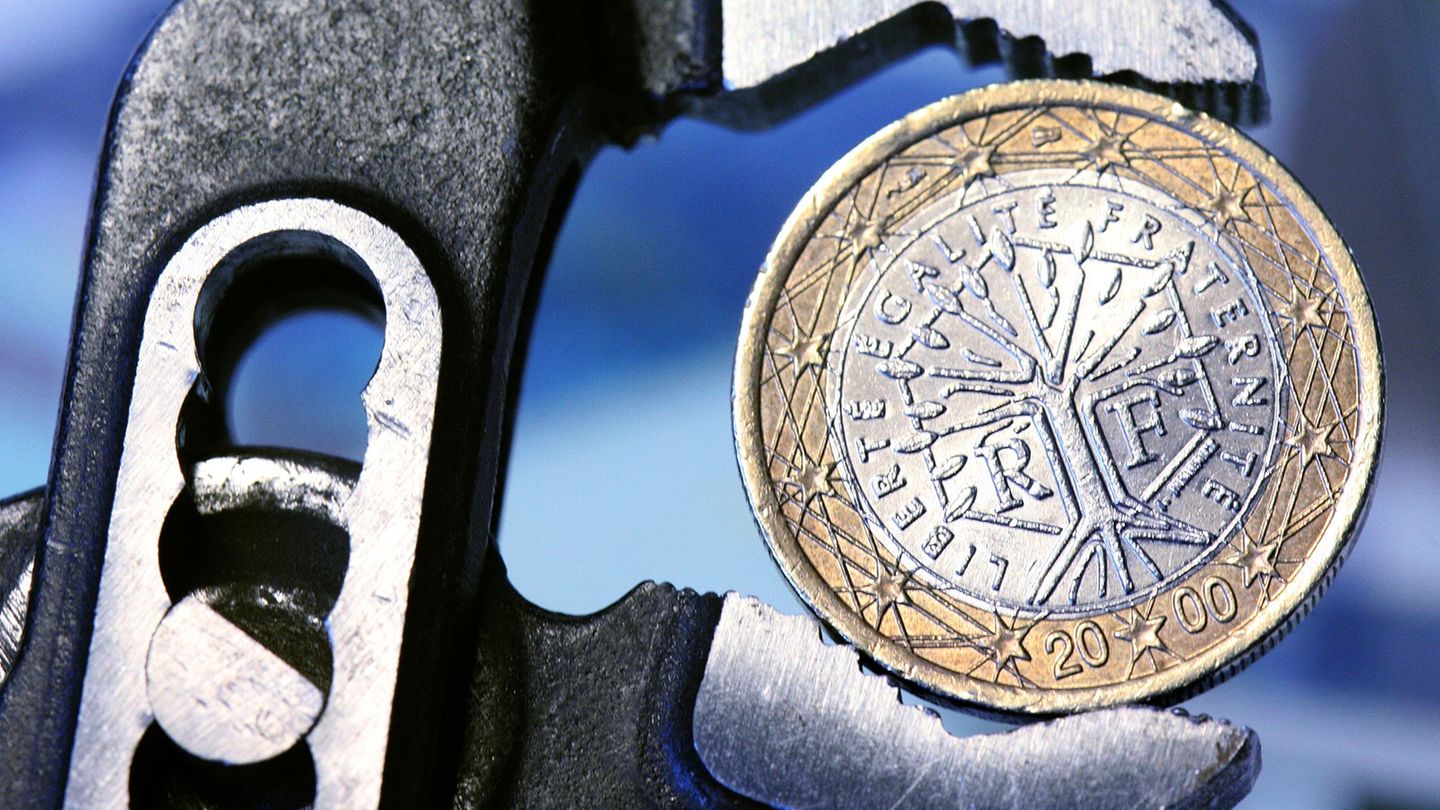In the Mattig area in the western part of the Innviertel there is drying up, Wolfgangsee, Attersee and Mondsee are declining. The situation is not yet dramatic, but must be closely monitored, said the head of the surface water department of the state’s hydrographic service, Reinhard Enzenebner, on Tuesday.
The Mattig and its tributaries are drying out “due to the lack of precipitation and the permeable soil,” Enzenebner explained. There could also be drying out here and there in the upper reaches, especially in the karst area of the southern highlands. In general, the levels were between mean and low water, with a tendency towards low water. The water levels of the Inn and Salzach are normal.
Soon low water in the Wolfgangsee?
Upper Austria’s lakes were – as reported in detail – still in good condition until last week, now the long drought is reflected in more declines in Attersee, Wolfgangsee and Mondsee, especially Lake Wolfgang is going towards low water, according to the expert. Traunsee and Hallstättersee benefit from the snow and glacier melt, they carry the glacier water on.
Enzenebner hopes that the rain announced for Friday and Saturday will not only be thunderstorms, but “also rain that will lead to regulation”. Because if it stays dry, “we’ll get to regions where we haven’t been before”. If there is little area-wide rain, this also affects the groundwater levels. Especially in the Innviertel these are at the bottom, “there rain would be absolutely necessary”.
Appeal to save water at the Traunsee
Do not fill pools, turn off lawn sprinklers, water flowers with rainwater, do not wash cars: both the population of Pinsdorf and the residents of Traunkirchen are called upon to save water. Due to the heat and the drought, the supply is apparently reaching its limits.
“In order to continue to ensure an adequate supply of drinking and fire-fighting water, restrictions and water-saving measures are to be taken throughout the entire municipal area urgently needed from now on,” says an appeal on the website of the municipality of Traunkirchen, which was published on Tuesday.
Nothing to worry about yet
Something similar can be heard from the Pinsdorf community a little further north: Mayor Jürgen Berchtaler (SPÖ) addressed an appeal to all citizens of his community via Facebook on Tuesday. “We ask you to reduce your own water consumption to what is absolutely necessary,” he writes.
According to Berchtaler, around 800 to 850 cubic meters of drinking water are currently used in the village every day, which is an average of 100 to 150 cubic meters more than usual. “Our well pumps run at full capacity and, due to the lack of precipitation, deliver a maximum of 500 to 550 cubic meters in full-load operation”. The remaining quantity must be delivered from Gmunden. Although there is still no reason to worry, but at least one to think about.
This Facebook post is disabled
Please activate the category social media in your cookie settings to view this item. My cookie settings
Traunkirchen’s Mayor Christoph Schragl (ÖVP) takes the same line. “We don’t have a serious problem yet, but you can tell that we’re reaching our limits,” he says in an interview with ORF Upper Austria. The reason for this: The springs above the community are dependent on rainwater. “There have not yet been any shutdowns, but with the current consumption and inflows, the peak will soon be reached,” said the mayor. Some house wells in Traunkirchen are dry. With a day or two of rain, the situation will normalize, he hopes. More about this in the video:
This video is disabled
Please activate the categories Performance Cookies and Functional cookies in your cookie settings to view this item. My cookie settings
Schragl announced that the current situation is a reason to open up additional sources in the next few years. But that would only help in the medium term, because “all communities whose water supply is managed by springs have difficulties,” explained geologist Peter Baumgartner from the Geotraunkirchen Geology Office. There could be two reasons for this: on the one hand, decreasing total precipitation per year, on the other hand, shorter and heavier precipitation, because then less water seeps underground and the water reservoir decreases.
Less groundwater
“The springs are adjusted to the climate and precipitation of the past 400 to 800 years,” says Baumgartner. However, the amount and duration of rainfall would have taken on completely different characteristics as a result of global warming. Less groundwater is formed from precipitation; This is due to the many sealed areas and the massive rainfall that the soil cannot absorb.
A water supply from extensive groundwater bodies is less at risk, and one from a valley groundwater body such as in Ebensee is least at risk. “Here you could extract 1,000 liters per second and nothing would happen to the groundwater,” calculated Baumgartner.
Source: Nachrichten




